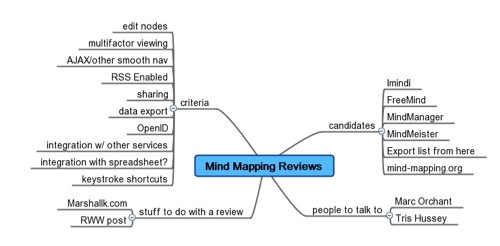I had an opportunity to comment today on the question of how a company ought to respond to bloggers who have damaged their reputation. Below are my thoughts. I’d love to read yours, too.
The best thing that companies can do in response to bloggers who have done their reputation harm is to take the bloggers’ complaints as seriously as is appropriate. Readers will determine the validity of blogger criticism for themselves, but if the criticism is valid then there’s no hiding from it any more. It’s best to be publicly responsive, on the critical blogs and on a blog of your own if you’re that concerned about it. You may need to change your practices, just like you’d have to if a journalist in the traditional press criticized you in a way that you take seriously.
You may have to just agree to disagree. That’s ok. It’s good to presume that all parties involved are adults.
One way or the other, if you can engage and win over bloggers with honest communication then you’ll become the darling of the blogosphere among your competitors and you’ll be in a better place than you were before any of it ever happened. Imagine it’s the dawn of cable TV and a young CNN criticizes you publicly. Are you going to say that no one consumes that media so it’s not significant or are you going to try to trick CNN into believing you’ve changed your practices when you haven’t? Probably not. You can act with the benefit of hindsight today since this isn’t the first time that media has expanded dramatically to include new voices.
 I just listened to the most amazing podcast about the future of the web and semantic analysis. It was
I just listened to the most amazing podcast about the future of the web and semantic analysis. It was  I’ve been an outspoken advocate of OpenID implementation for some time. It’s a real joy when I go to a new website and can use an existing account I have with a trusted vendor to start personalizing my experience on the new site immediately. I’m happy to return to the site later because I know I’ll remember my username and password!
I’ve been an outspoken advocate of OpenID implementation for some time. It’s a real joy when I go to a new website and can use an existing account I have with a trusted vendor to start personalizing my experience on the new site immediately. I’m happy to return to the site later because I know I’ll remember my username and password!